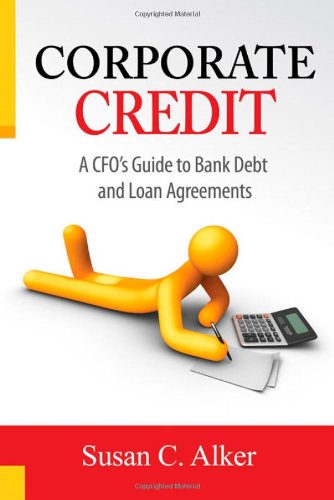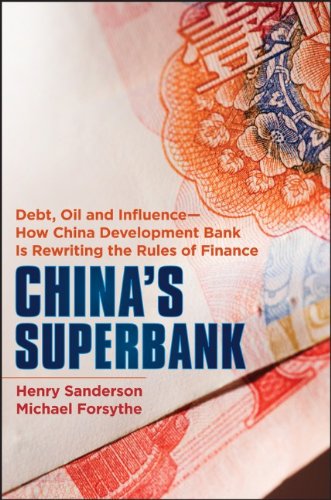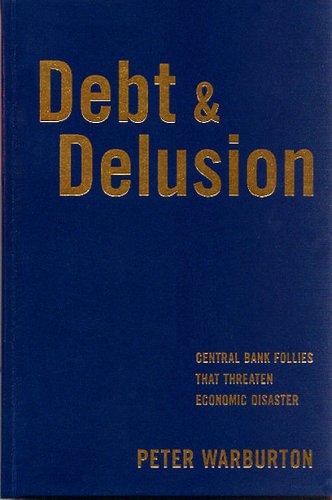[Bank] Videos
Mainstream economists tell us that developing countries will replicate the economic achievements of the rich countries if they implement the correct “free-market”policies. But scholars and activists Toussaint and Millet demonstrate that this is patently false. Drawing on a wealth of detailed evidence, they explain how developed economies have systematically and deliberately exploited the less-developed economies by forcing them into unequal trade and political relationships. Integral to this arrangement are the international economic institutions ostensibly created to safeguard the stability of the global economy—the International Monetary Fund (IMF) and the World Bank—and the imposition of massive foreign debt on poor countries. The authors explain in simple language, and ample use of graphics, the multiple contours of this exploitative system, its history, and how it continues to function in the present day.
Ultimately, Toussaint and Millet advocate cancellation of all foreign debt for developing countries and provide arguments from a number of perspectives—legal, economic, moral. Presented in an accessible and easily-referenced question and answer format, Debt, the IMF, and the World Bank is an essential tool for the global justice movement.
A helpful guide for CFO’s and bankers alike, this book demystifies the contents of a typical corporate loan agreement and helps make the entire loan process easier to deal with. The book outlines the steps involved in getting a loan and explains – in plain and easy-to-understand language – what the terms of the loan agreement mean. CFO’s will learn which terms in the agreement could create problems for the company and how to take steps to prevent that. And corporate borrowers and lenders alike will gain a better understanding of the steps involved in preparing to close the deal and how to make it all go smoothly.
Inside the engine-room of China’s economic growth—the China Development Bank
Anyone wanting a primer on the secret of China’s economic success need look no further than China Development Bank (CDB)—which has displaced the World Bank as the world’s biggest development bank, lending billions to countries around the globe to further Chinese policy goals. In China’s Superbank, Bloomberg authors Michael Forsythe and Henry Sanderson outline how the bank is at the center of China’s domestic economic growth and how it is helping to expand China’s influence in strategically important overseas markets.
100 percent owned by the Chinese government, the CDB holds the key to understanding the inner workings of China’s state-led economic development model, and its most glaring flaws. The bank is at the center of the country’s efforts to build a world-class network of highways, railroads, and power grids, pioneering a lending scheme to local governments that threatens to spawn trillions of yuan in bad loans. It is doling out credit lines by the billions to Chinese solar and wind power makers, threatening to bury global competitors with a flood of cheap products. Another $45 billion in credit has been given to the country’s two biggest telecom equipment makers who are using the money to win contracts around the globe, helping fulfill the goal of China’s leaders for its leading companies to “go global.”
Bringing the story of China Development Bank to life by crisscrossing China to investigate the quality of its loans, China’s Superbank travels the globe, from Africa, where its China-Africa fund is displacing Western lenders in a battle for influence, to the oil fields of Venezuela.
Offers a fascinating insight into the China Development Bank (CDB), the driver of China’s rapid economic developmentTravels the globe to show how the CDB is helping Chinese businesses “go global”Written by two respected reporters at Bloomberg News
As China’s influence continues to grow around the world, many people are asking how far it will extend. China’s Superbank addresses these vital questions, looking at the institution at the heart of this growth.
Product Features
- Used Book in Good Condition
It’s been almost seven years since I wrote Debt and Delusion. So naturally, readers have a right to ask, “Why produce an updated version at this time?” There are at least three reasons, the cheapest of which is that the author is surprised and flattered to find that it is in demand and there has long ceased to be any supply.
More than that, like an abandoned mine, the book stands as a monument to what was already known about the global credit expansion and the strains in the financial system before the halving of equity market prices from the early 2000 peaks. Most importantly, and sad to say, this equity market trauma foreshadows even more disastrous results of the financial folly that has reached proportions unimaginable in the summer of 1998. And so, the primary function of the book — “as a timely warning of the perils that lie ahead” — remains valid.
Debt and Delusion exposes serious flaws in the development of the global financial system starting in the early 1990s, singling out the world’s largest central banks for special criticism. Their negligent oversight has permitted an explosion of corporate and household credit that has fueled a succession of false markets in stocks, bonds, and property. Alarmed by the monster so created, the U.S. Federal Reserve has spent much of the past five years staving off the evil day when foolish lending turns into bad debt.
Far from being the architects of economic stability and low inflation, the world’s central bankers have ushered in a new era of financial fragility and latent instability. Innovations in the use of derivatives, structured products, and other complex financial instruments have been applauded by the central banks on narrow technical criteria. But these supposed bastions of conservatism have failed to comprehend the wider implications for financial stability.
From poorly documented home loans to sub-prime auto loans to subordinated corporate debt and junk bonds, permanently easy access to credit has compromised economic management in the U.S., U.K., and other English-speaking nations and has fostered an illusion of prosperity and well being.
Lamentably, this staggering collective flight from reason has been endorsed by the economics establishment.
The failure of many of the finest economic minds to engage with the rapid evolution of our financial structures and institutions has led to a superficial assessment of this unprecedented credit experiment. Only now, as various credit markets face the inevitable tests of higher interest rates and the realistic pricing of credit risks, is the threat of a pandemic of debt-related distress beginning to be taken seriously. Government budgets, already strained by the weight of social support, have limited scope to respond.
In short, tougher economic times lie ahead, when personal debts will hang more onerously than for 75 years. Debt and Delusion recommends a hasty! reappraisal of the debt requirements of corporations and households alike.
Peter Warburton
September 2005




